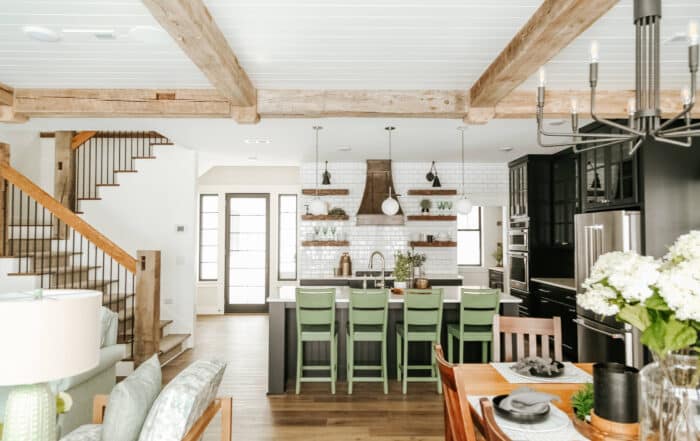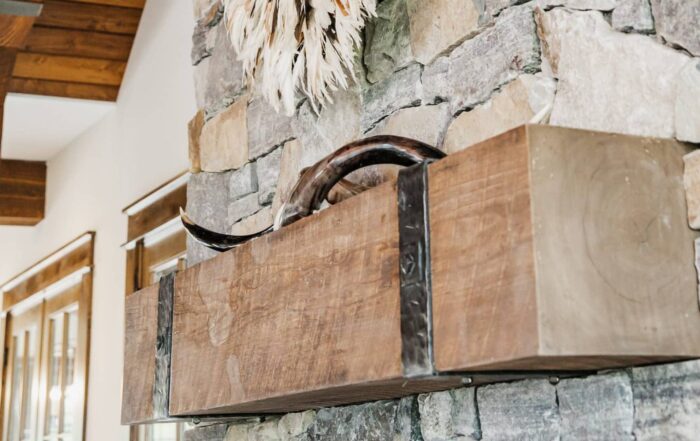Understanding Wood Patina: A Finely Aged Aesthetic
At Manomin Resawn Timbers, we believe there’s something truly special about the weathered beauty of reclaimed wood with its story woven into every grain and groove over more than a century. Our wood, salvaged from structures dating back to the Industrial Revolution, carries a rich history that modern materials simply can’t replicate. When you bring reclaimed wood into your home, you’re not just adding
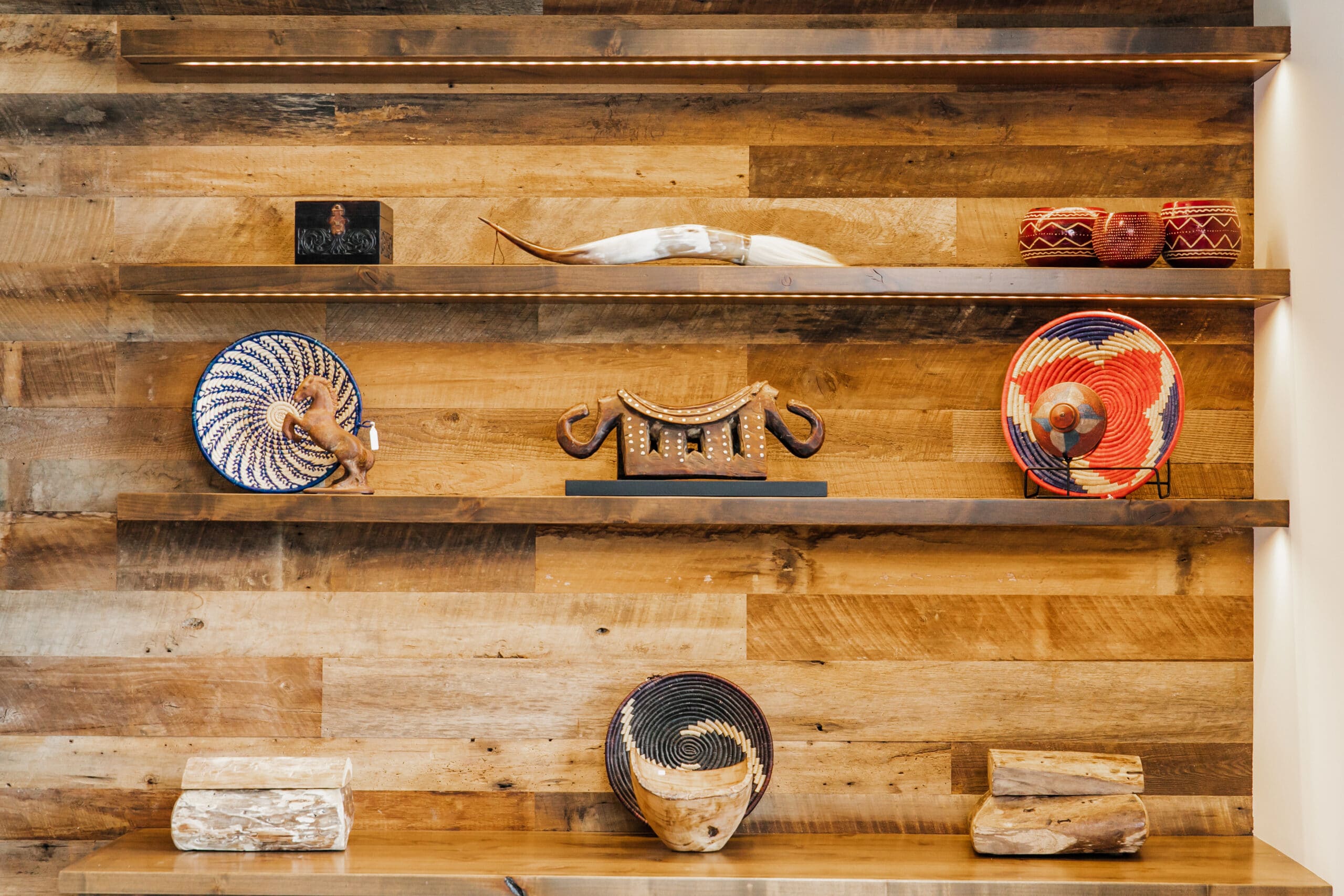
By mrtimbers | Updated May 23, 2025
At Manomin Resawn Timbers, we believe there’s something truly special about the weathered beauty of reclaimed wood with its story woven into every grain and groove over more than a century. Our wood, salvaged from structures dating back to the Industrial Revolution, carries a rich history that modern materials simply can’t replicate.
When you bring reclaimed wood into your home, you’re not just adding a piece of furniture; you’re incorporating a story, a piece of craftsmanship with a unique wood patina that has developed over time. This distinctive finish, formed from years of exposure to the elements, gives the wood an unmatched depth and warmth, turning any space into one with personality and soul.
Whether you’re designing a cozy, rustic retreat or seeking a stunning focal point for a modern home, the varied styles of reclaimed wood offer endless possibilities. The wood’s character, developed through age and use, provides a timeless aesthetic that blends seamlessly with a number of design styles.
At Manomin Resawn Timbers, we know how intoxicating that antique patina can be, and we are always happy to talk about how it got there.
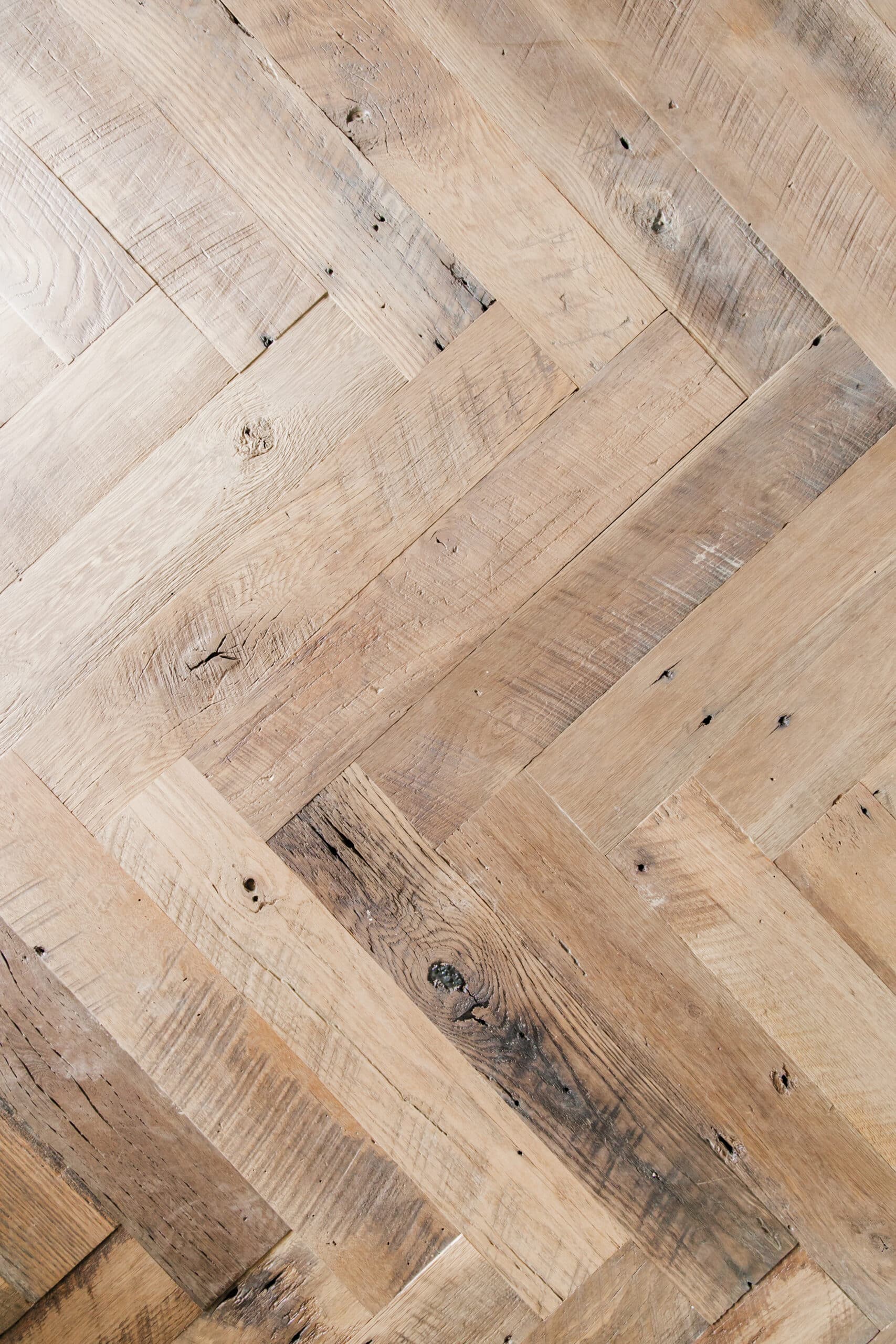
What Is Wood Patina?
Wood patina is the natural finish that develops on wood surfaces over time, shaped by exposure to sunlight, air, moisture, and the touch of human hands. It’s a slow, graceful evolution that brings out a richness in color, texture, and depth that can’t be mimicked by modern finishes.
This finish might appear as a soft sheen, a deepening of hues, or subtle changes in the grain that give the wood more character. Thanks to patina, you’ll often see warm amber tones in oak, silvery grays in weathered pine, or the reddish glow of aged Douglas Fir.
Unlike stains or chemical treatments, patina is earned, not applied. It speaks to a life well-lived, telling the story of where the wood has been and how it’s been used.
In the case of reclaimed wood, patina is a badge of authenticity that proves the timber’s age and endurance. That aged look is more than just surface beauty; it’s a physical memory of decades, sometimes centuries, of existence.
Whether you’re seeing the soft wear of a hundred-year-old barn door or the deep grooves of a hand-hewn timber beam, what you’re really seeing is the work of time. And it’s that natural aging process that makes wood patina so endlessly compelling.
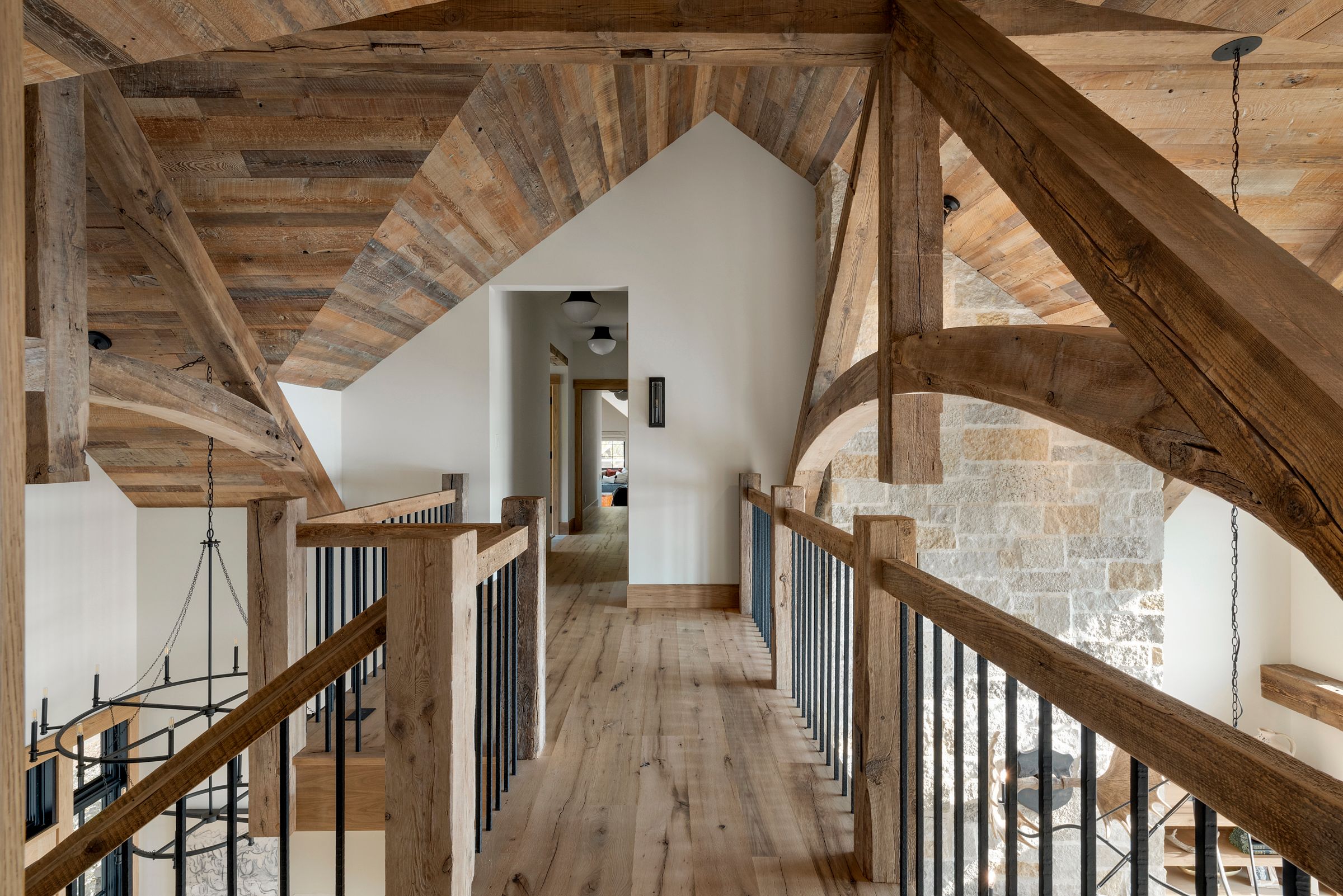
The Science Behind Wood Patina
While wood patina may seem like a purely aesthetic feature, there’s some fascinating science behind how it forms. That sought after layer of character is the result of a natural process called oxidation, where the wood reacts to its environment over time.
When wood is exposed to sunlight, air, and moisture, the molecules in the wood start to break down and change. The ultraviolet rays from the sun, in particular, play a big role in lightening and weathering the surface of the wood.
The minerals and elements in the air also play a part in this process. Rain, dust, and even the oils from your hands can interact with the wood, contributing to the subtle shifts in color and texture that give patina its character.
It’s a delicate balance of natural elements that works together to create a one-of-a-kind finish. That beautiful wood patina can cause the material to lighten, darken, form new hues all together, and even accent and highlight the grooves and patterns already present.
The best part? This natural process is what gives reclaimed wood its rich history and authenticity. The longer the wood has been exposed to the elements, the more complex and deep the patina becomes.
It’s like nature’s way of adding layers to a story—one that can only be told through the passage of time.
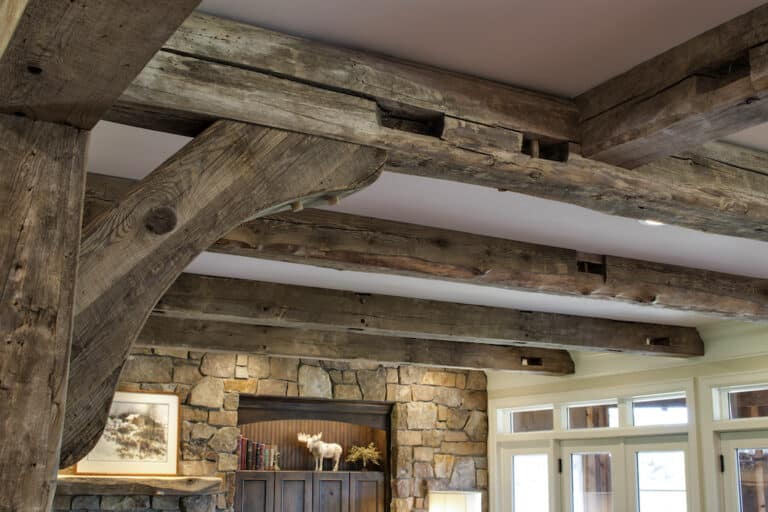
The Aesthetic Benefits of Patina on Aged Wood
The visual richness of patina on wood is one of the key reasons people are drawn to aged materials. These timeworn surfaces hold depth, warmth, and character that no new lumber can imitate.
From golden ambers to silvery grays, patina gives aged wood a unique tone that varies by species, environment, and exposure. Even within the same room, you’ll find planks reflecting slightly different hues, each carrying its own fingerprint of time.
This variation isn’t a flaw — it’s part of the beauty. Light interacts with the softening grain and textured surface to create a sense of visual movement that flat, modern finishes lack.
Incorporating reclaimed wood with this natural patina into your design offers authenticity. It connects your home to something older, deeper, and more enduring than any style cycle.
The character and detail that comes with aged wood features like an antique paneled wall or a 19th century hand-hewn timber beam is something that will continue to catch your attention year after year. While there are treatments that aim to mimic the look of wood patina, they always fall short of the real thing.
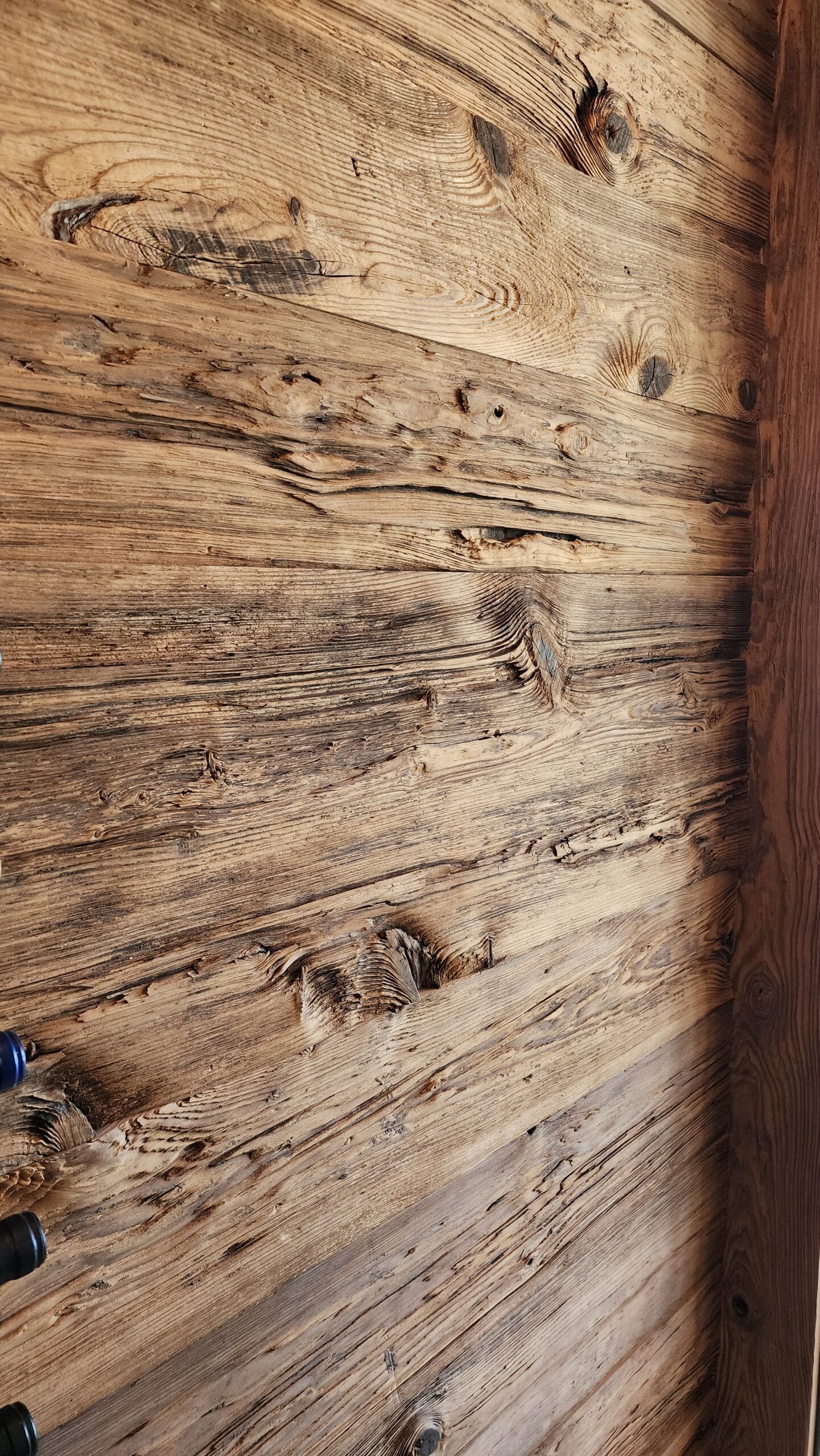
Beyond the Surface: Other Effects of Wood Aging
The beauty of wood patina isn’t just skin deep, it signals deeper transformations in the wood itself. As timber ages, it becomes more dimensionally stable, meaning it’s less likely to warp, shrink, or swell with the seasons.
Reclaimed wood often features unique character marks like old nail holes, saw marks, or hand-hewn tool impressions. These details tell a story of human hands and historic places, adding a tactile richness you can’t find in modern lumber.
Older wood, especially from slow-growing trees of past centuries, tends to be denser and harder than today’s fast-harvested timber. That added durability makes reclaimed wood not only beautiful but incredibly resilient for floors, furniture, and exposed beams.
Aged boards show their history in both their surface and their strength. It’s this combination of character and performance that makes wood patina so special.
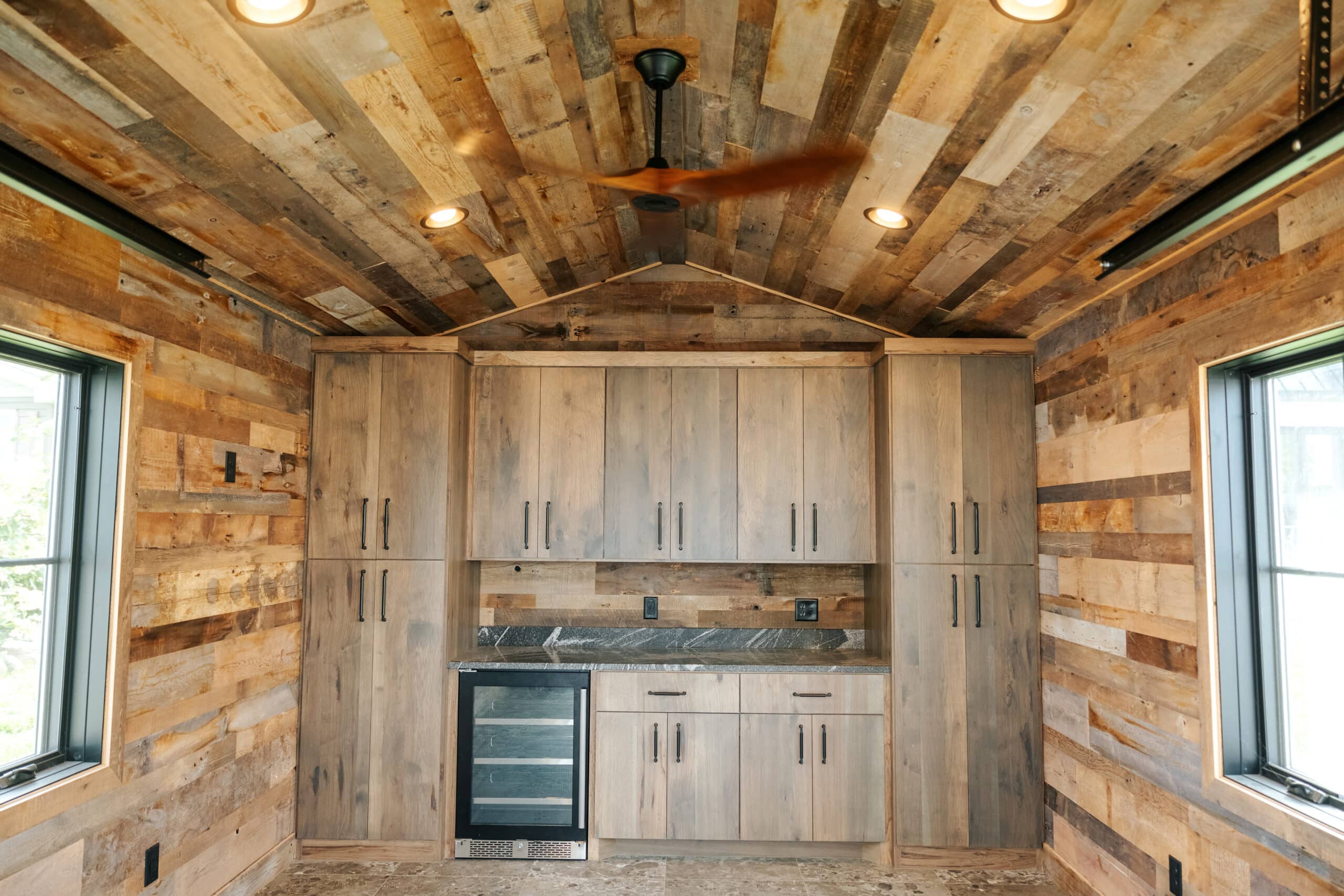
Why Choose Reclaimed Wood with Antique Patina
Choosing reclaimed wood with antique patina isn’t just a design decision—it’s a meaningful one. It honors both sustainability and the craftsmanship of generations past.
Each piece of patina-rich wood reduces the need for new lumber, preserving forests and cutting down on waste. It’s a choice that supports environmental responsibility while adding a distinctive flair to your space.
But sustainability is only part of the story. Antique patina brings a depth and soul that can’t be reproduced. Its aged finish makes modern interiors feel grounded, storied, and warm.
Using reclaimed wood is like weaving a century’s worth of experience into your design. No mass-produced material can compete with the character of something that’s already stood the test of time.
Bring the Whimsy of Wood Patina to Your Home
If you want to imbue your home with the look of finely aged lumber, reach out to Manomin Resawn Timbers to start learning about the various looks and styles that we create. We are happy to help you discover which tones of reclaimed wood will fit your aesthetic.
5 Powerful Reclaimed Wood Stair Design Ideas
When it comes to stair design ideas, reclaimed wood offers a timeless way to combine function and beauty. A beautifully built staircase not only provides a connection between levels, but it can become a centerpiece that sets the tone for an entire home.
Reclaimed Wood Fireplace Mantels With Huge Design Impact
A fireplace mantel is more than just a shelf above the fire. It is the visual anchor of a room, the feature that commands attention and frames the heart of the home.
Because the mantel is such a strong focal point, it […]
